18 NATO Allies are participating in exercise Dynamic Mariner off the coast of Spain.
Exercise Dynamic Mariner tests NATO’s Response Force Maritime Component (NRF/M) and interoperability with NATO forces, enhancing flexibility and interoperability amongst Allied nations, according to a release.
“Assets and personnel come from Albania, Bulgaria, Belgium, Canada, Denmark, France, Germany, Greece, Italy, Netherlands, Norway, Poland, Portugal, Romania, Spain, Turkey, United Kingdom and the United States.
DYMR/FL19 is led by NATO Maritime Command and involves Standing NATO Maritime Group One (SNMG1) and Standing NATO Maritime Group Two (SNMG2), which are part of NATO’s Standing Forces on active duty that contribute to the Alliance’s collective defence on a permanent basis.”
The Alliance say that NATO’s maritime strength lies in the ability of the Standing Forces and National Response Force elements to rapidly join with high readiness, high capability national forces and task groups to deliver strategic effect.
“Regular training between these groups is a force multiplier and provides a collectively trained and interoperable capability that NATO can confidently deploy if necessary.
The NATO Response Force (NRF) is a highly ready and technologically advanced, multinational force made up of land, air, maritime and Special Operations Forces (SOF) components that the Alliance can deploy quickly, wherever needed.”
The exercise brings together 32 surface ships, 2 submarines and 18 air assets, including Maritime Patrol Aircrafts and helicopters.


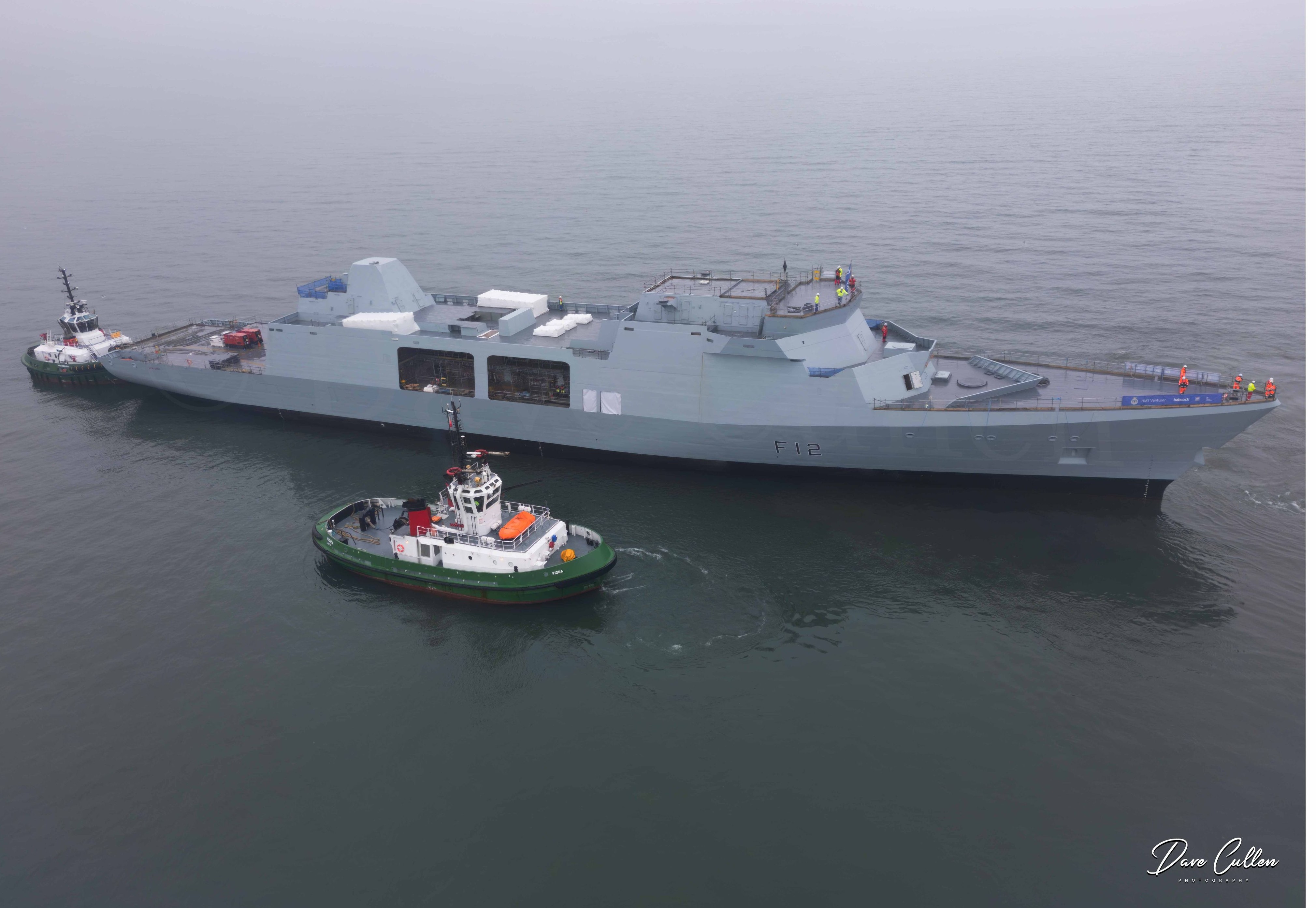
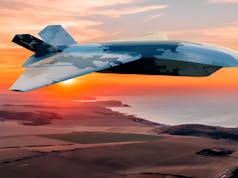

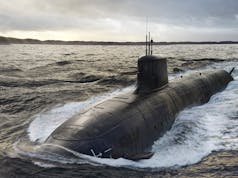
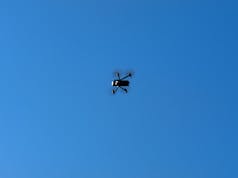



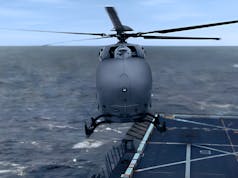

Looking at the above picture, I’m a little confounded by the size difference of those masts. I was of the opinion that ships enclose their radars inside such masts in which to reduce their radar returns (hence the proliferation of tall thin masts) Yet the one on the far right appears to be the Billy Bunter of the fleet regards masts. Any of the nautical types on here able to explain why to this ex Pongo?
farouk – I certainly cant answer your question but the Frigate on the right is a Norwegian Fridtjof Nansen class and is AEGIS equipped.
Paul thank you.
The two nearest ships rafted on the left of the picture are Dutch or Belgian or Portuguese updated Karel Doorman class frigates (probably one of each nation as I think the Dutch navy only has one left in service). They have received a new low visibility mast and combat system, but use a Thales Smart-S mechanically scanned 3D radar (similar to ARTISAN on T23) and don’t need a big deck house to mount fixed radar arrays. The ship they are rafted to is a Norwegian Fritjof Nansen class frigate which has the US Aegis combat system of which the SPY-1 passive electronically scanner radar is key, and needs a large deckhouse on which to hang the four fixed arrays to provide 360 degree coverage. Any Aegis equipped ship will have a ‘billy bunter’ deckhouse or mast to mount these arrays (the Australian version of the T26 for example). Interestingly the SAMPSON radar on the RN’s T45 destroyers uses a combination of both systems – two passive electronically scanned arrays mounted back-to-back and rotated mechanically to get 360 degree coverage! This allows the lighter radar array to be mounted on a higher mast and thus achieve a longer range.
James,
A most informative post, many thanks, I walk away all the better.
Merci buckets 😉 I think only the US, Spain and Norway have Aegis ships in NATO (someone correct me if I’m wrong), but Australia, Japan and South Korea have them in the Pacific. Britain, France, Italy and Singapore have the Similar PAAMS system.